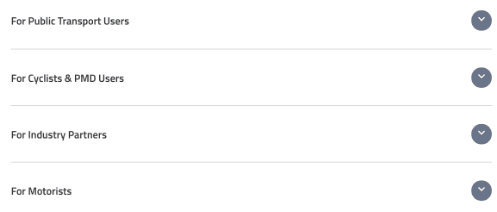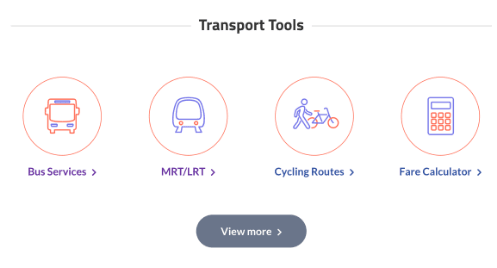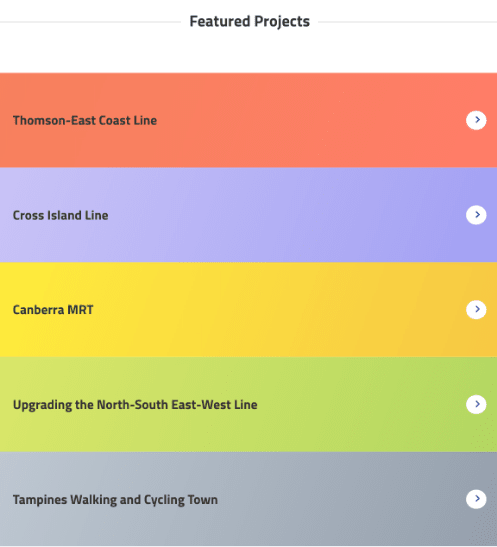Deep in the heart of the majestic Swiss Alps lies an astounding engineering feat. At 57km long and nearly 2.5km deep, the Gotthard Base Tunnel is the longest and deepest railway tunnel in the world.
This massive concrete structure, which was completed in 2016 after 12 years, could not have been done without the Tunnel Boring Machine (TBM) that helped bore through a seemingly impregnable wall of alpine rock.
In Singapore, TBMs are also used for constructing our public transport rail lines underground, as seen most recently with the Thomson-East Coast Line and Circle Line. This is one mean machine: it devours rocks effortlessly, handles all sorts of ground conditions and has created an underground labyrinth of tunnels here across the past four decades since our first MRT station opened in 1986.
While its name may sound well, boring, it is arguably one of the coolest pieces of machinery that the Land Transport Authority (LTA) uses. We did some digging to unearth some interesting facts about this incredible machine!




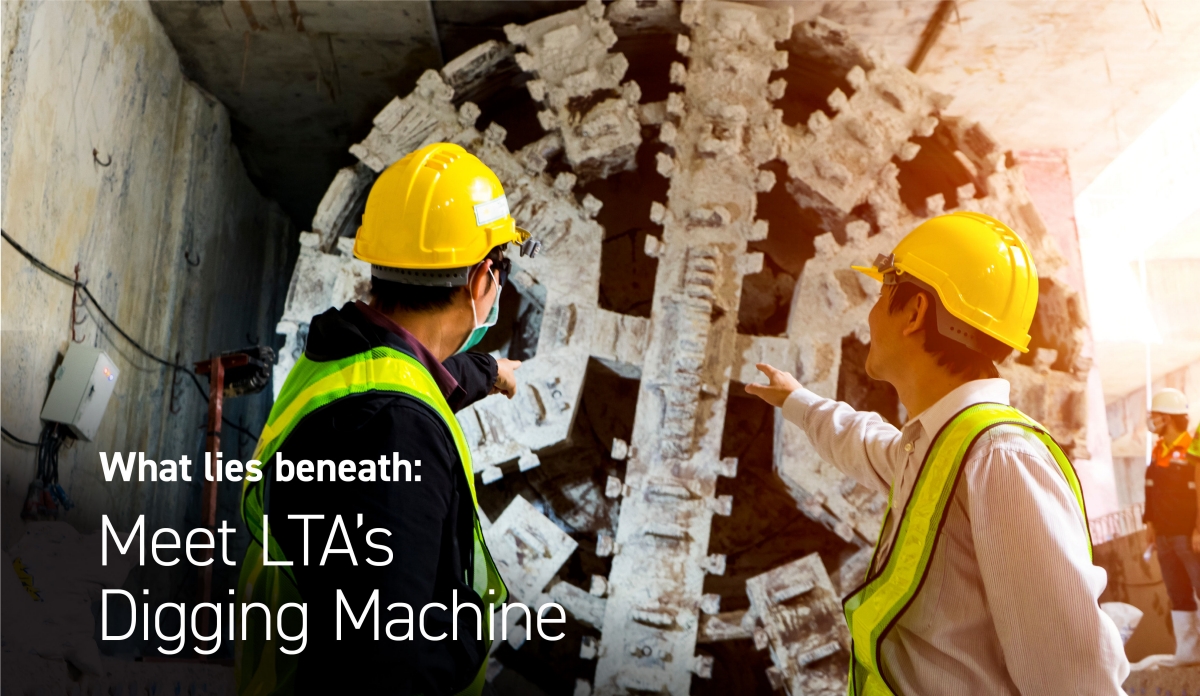
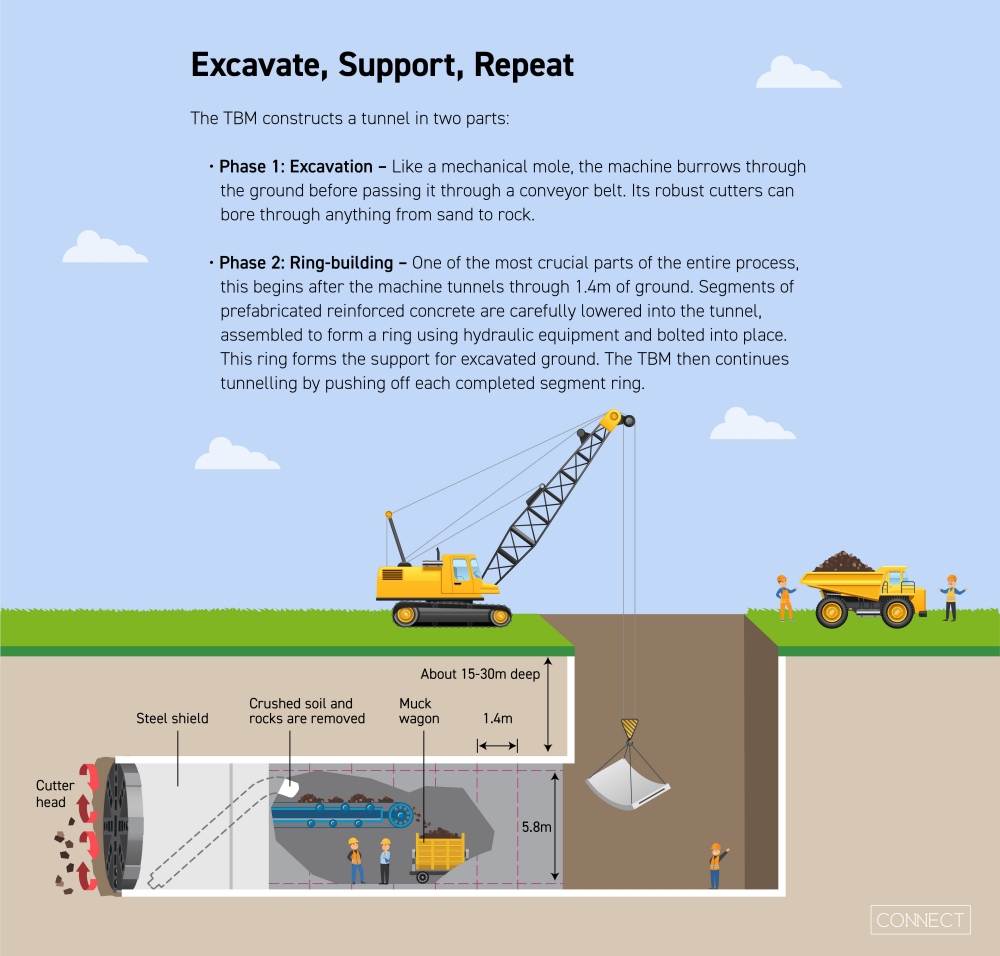

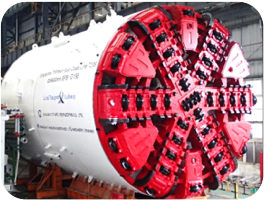
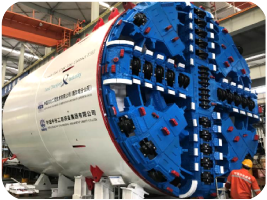
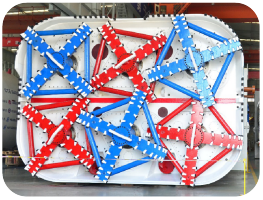
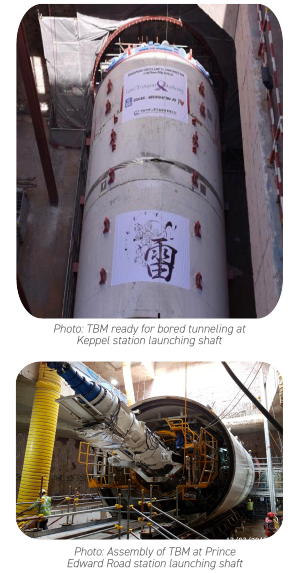
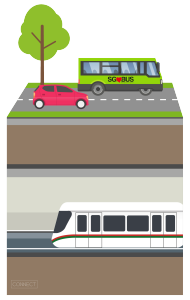
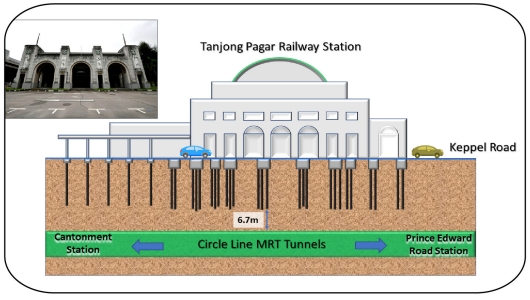
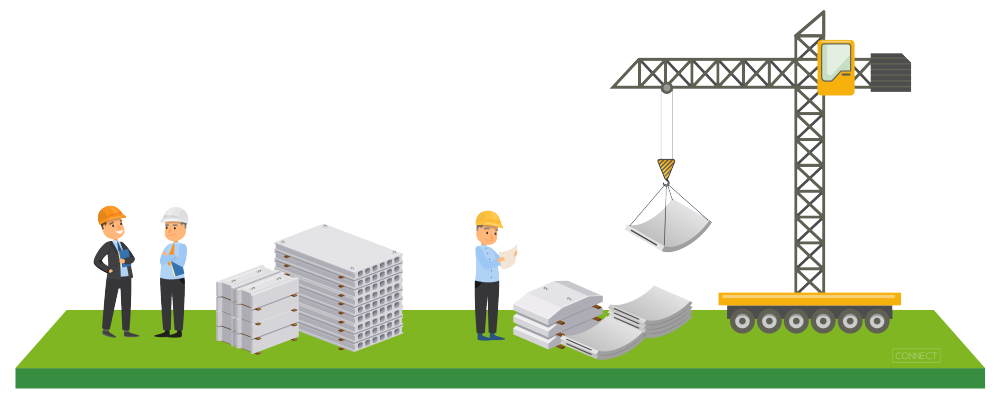
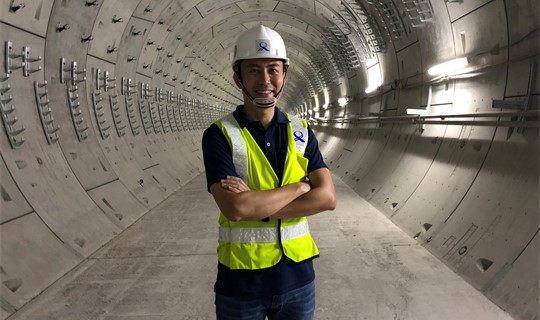 Excuse me, are you a boring engineer?
Excuse me, are you a boring engineer?
 To Turn or Not to Turn?
To Turn or Not to Turn?
 9 Cycling Tips from The Woke Salaryman
9 Cycling Tips from The Woke Salaryman
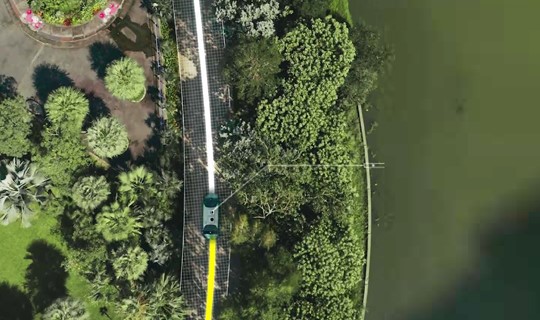 Look Ma, No Hands!
Look Ma, No Hands!
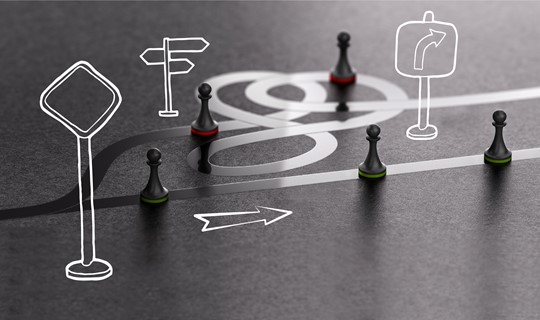 Nifty Wayfinding
Nifty Wayfinding
 Singapore's Road EMAS-gency Experts
Singapore's Road EMAS-gency Experts
 Making a Mark in 3D
Making a Mark in 3D
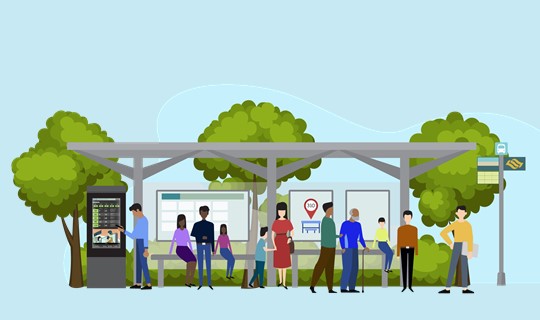 Making a "PID-Stop" at one of our bus stops?
Making a "PID-Stop" at one of our bus stops?
 Take a brake! Explore these eight hidden gems on your bike
Take a brake! Explore these eight hidden gems on your bike
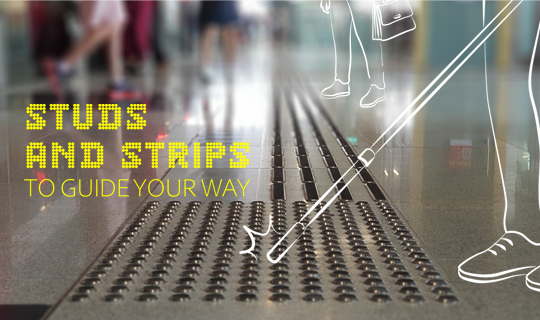 Tactile Guiding System in Singapore
Tactile Guiding System in Singapore
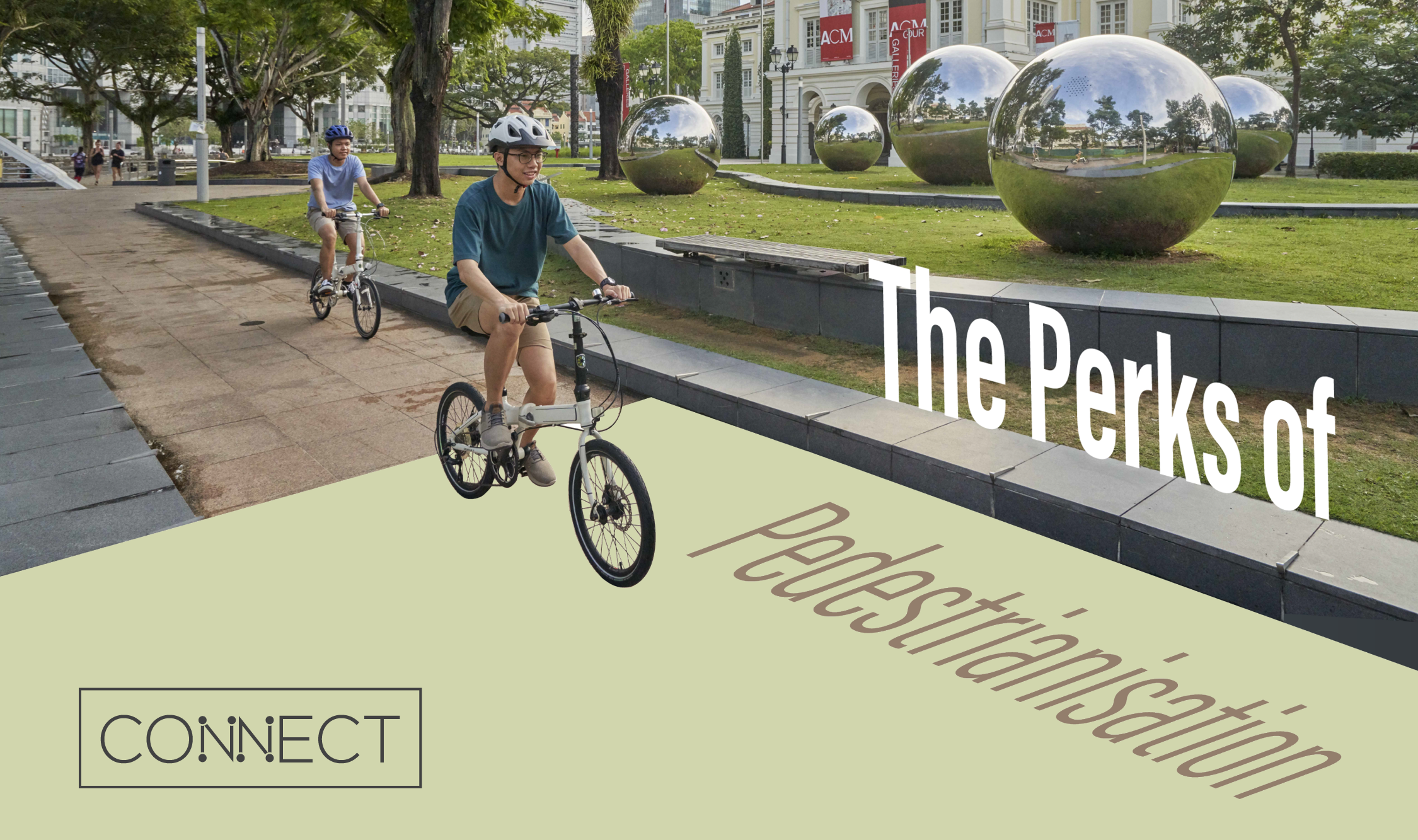 The Perks of Pedestrianisation
The Perks of Pedestrianisation
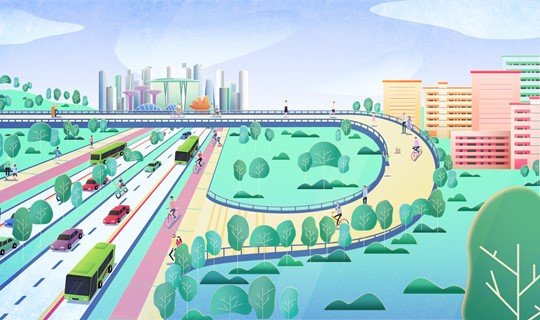 Introducing Singapore’s Longest Transit Priority Corridor
Introducing Singapore’s Longest Transit Priority Corridor





